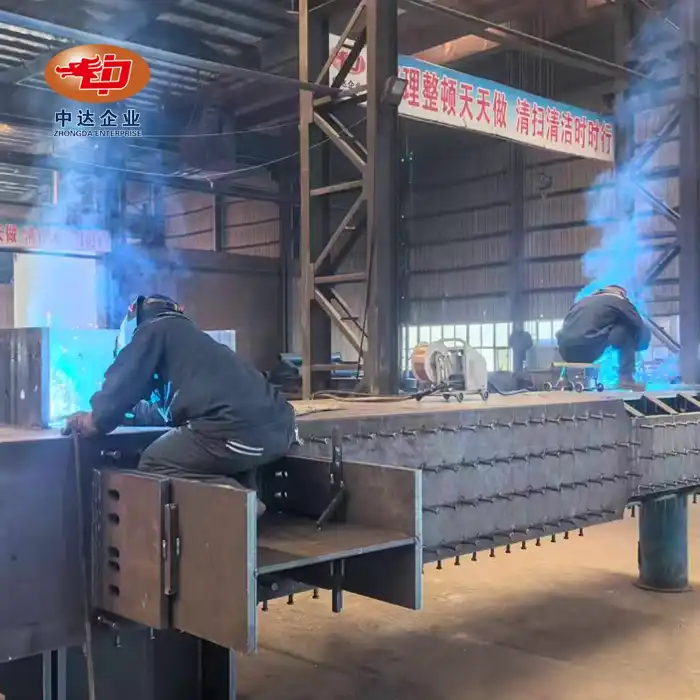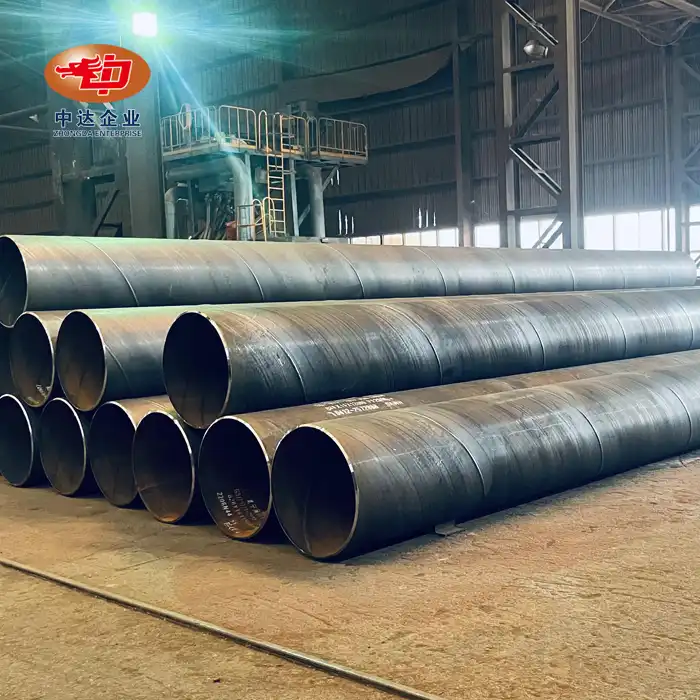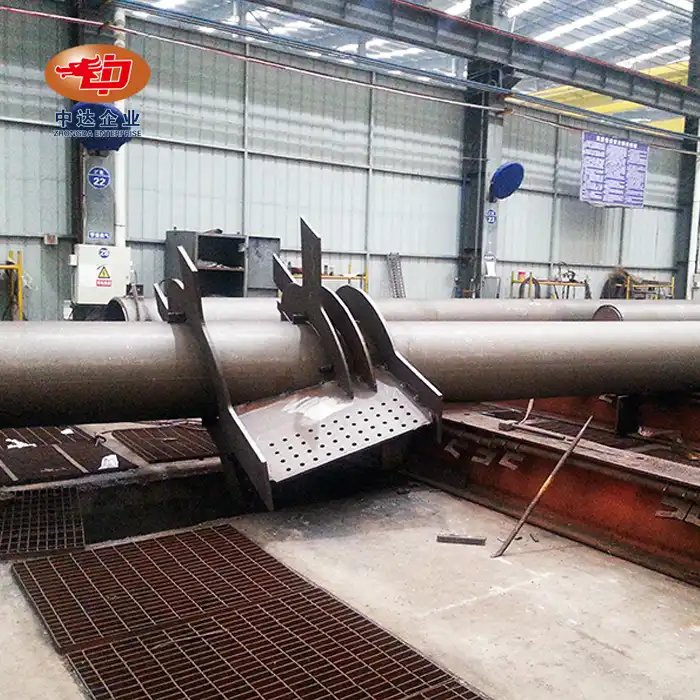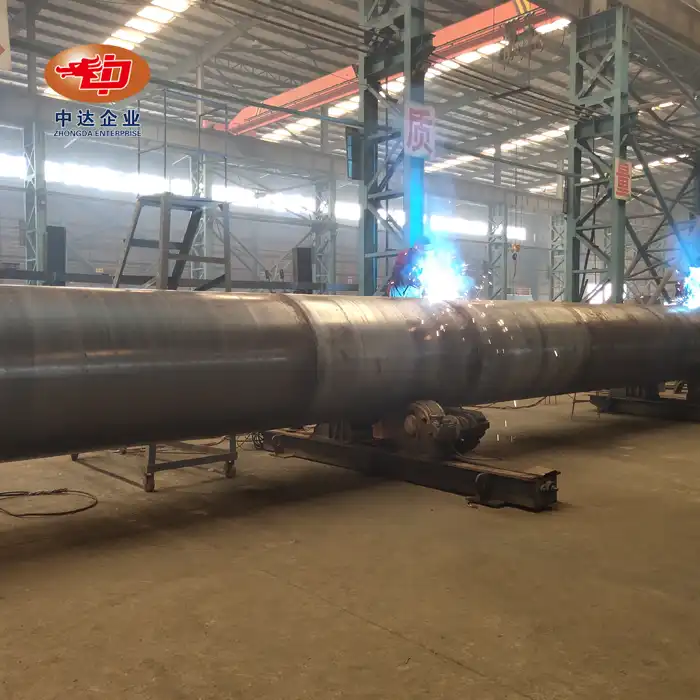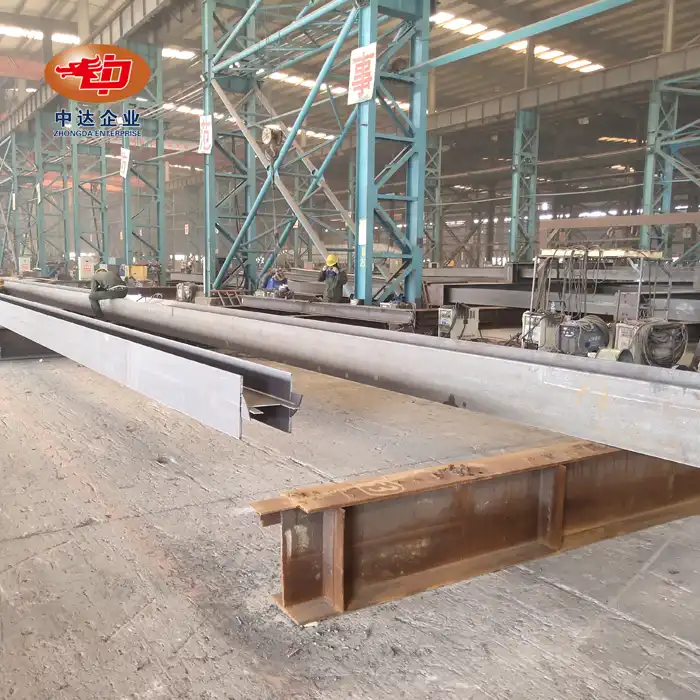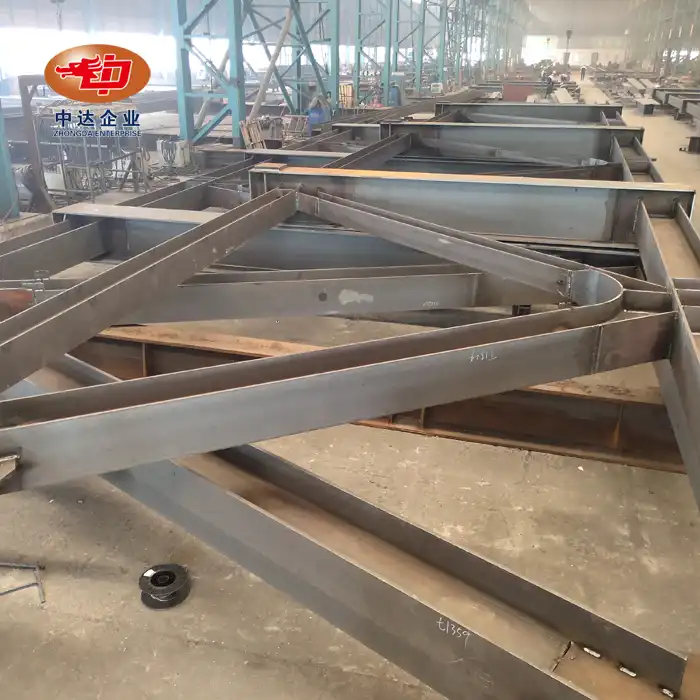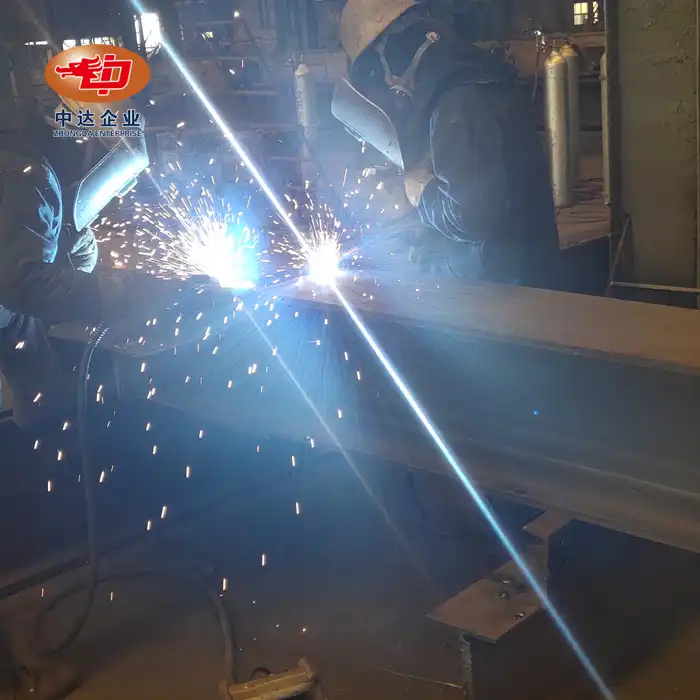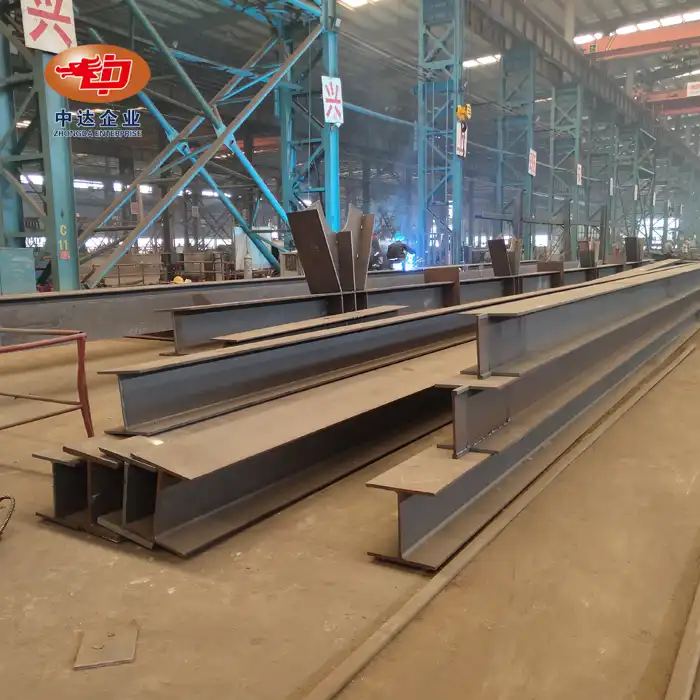Enhanced Precision and Efficiency in Steel Structure Design
Accurate 3D Modeling for Complex Steel Structures
BIM modeling provides unparalleled accuracy in designing complex steel structures. With advanced 3D modeling capabilities, engineers can create precise digital representations of every steel component, from beams and columns to connections and assemblies. This level of detail allows for thorough analysis of structural integrity, load-bearing capacity, and overall performance. Zhongda Steel's expertise in BIM-driven prefabrication ensures that even the most intricate steel structures are designed with utmost precision, meeting the exacting standards required for projects ranging from Arctic bridges to industrial hubs.
Streamlined Coordination and Clash Detection
One of the most significant advantages of BIM in steel building projects is its ability to facilitate seamless coordination between different disciplines. By integrating architectural, structural, and MEP (Mechanical, Electrical, and Plumbing) models, BIM allows for early detection of potential clashes or conflicts. This proactive approach to problem-solving dramatically reduces on-site issues, minimizes rework, and prevents costly delays. Zhongda Steel's utilization of BIM technology ensures that their steel components integrate flawlessly with other building systems, resulting in smoother project execution and higher quality outcomes.
Optimized Material Usage and Cost Efficiency
BIM modeling enables precise quantity takeoffs and material estimations, leading to optimized steel usage and reduced waste. By accurately calculating the required steel quantities and dimensions, projects can achieve significant cost savings without compromising structural integrity. Zhongda Steel's advanced BIM capabilities, combined with their 60,000-ton annual production capacity, allow for efficient material planning and allocation, ensuring that clients receive cost-effective solutions without sacrificing quality or performance.

Improved Collaboration and Communication in Steel Construction
Enhanced Stakeholder Visualization and Understanding
BIM's immersive 3D visualizations provide stakeholders with a clear and comprehensive understanding of the steel structure project. This improved visualization allows clients, architects, engineers, and contractors to make informed decisions and provide valuable input throughout the design and construction process. Zhongda Steel's commitment to BIM-driven processes ensures that all project participants have access to detailed, accurate representations of the steel structures, fostering better collaboration and reducing misunderstandings.
Real-time Information Sharing and Updates
BIM facilitates real-time information sharing among project team members, enabling seamless collaboration regardless of geographical locations. As changes are made to the steel structure design, all stakeholders can immediately access the updated information, ensuring everyone is working with the most current data. This level of connectivity is particularly crucial for global projects, where Zhongda Steel's expertise in delivering steel solutions across international borders benefits from the enhanced communication capabilities offered by BIM.
Improved Document Management and Version Control
BIM serves as a centralized repository for all project-related information, including drawings, specifications, and documentation. This centralized approach simplifies document management and ensures version control, reducing errors associated with outdated information. For complex steel building projects, where precision is paramount, Zhongda Steel's integration of BIM into their workflow ensures that all team members have access to the most up-to-date and accurate project data, leading to smoother project execution and higher quality outcomes.
Streamlined Construction and Lifecycle Management
Efficient Prefabrication and Assembly Planning
BIM modeling plays a crucial role in optimizing the prefabrication process for steel structures. By providing detailed, accurate digital models, BIM enables precise planning and sequencing of steel component fabrication and assembly. This level of planning is particularly beneficial for Zhongda Steel's projects, which often involve complex structures and challenging environments. The company's 120,000 m2 modern facility, coupled with BIM-driven prefabrication techniques, allows for efficient production of steel components that can be easily assembled on-site, reducing construction time and improving overall project efficiency.
Enhanced Project Scheduling and Resource Allocation
BIM's 4D capabilities, which integrate time-based information into the 3D model, allow for detailed construction scheduling and resource allocation. This feature is invaluable for steel building projects, where precise timing of steel erection and coordination with other trades is critical. Zhongda Steel leverages these BIM capabilities to optimize project timelines, ensuring that their steel components are delivered and installed at the right time, minimizing delays and maximizing on-site efficiency. This level of planning is particularly beneficial for large-scale projects like industrial hubs or infrastructure developments, where timing and coordination are crucial to project success.

Lifecycle Management and Maintenance Planning
The benefits of BIM extend well beyond the construction phase, offering valuable insights for the entire lifecycle of steel structures. By incorporating detailed information about steel components, including specifications, maintenance requirements, and expected lifespan, BIM models serve as comprehensive digital twins of the built assets. This wealth of information is invaluable for long-term maintenance planning and facility management. Zhongda Steel's commitment to quality, evidenced by their ISO certifications and advanced technologies like -60°C Weathering Steel Anti-corrosion Technology, ensures that their steel structures are built to last. The integration of this information into BIM models provides clients with powerful tools for managing and maintaining their steel assets over time, maximizing their investment and ensuring long-term performance.
Conclusion
BIM modeling has become an indispensable tool in the steel construction industry, offering numerous benefits that enhance project outcomes and streamline processes. From improved precision and collaboration to optimized construction and lifecycle management, BIM's impact on steel building projects is profound and far-reaching. As the industry continues to evolve, embracing BIM technology is not just advantageous – it's essential for staying competitive and delivering high-quality steel structures that meet the complex demands of modern construction projects.
Contact Us
For unparalleled expertise in BIM-driven steel solutions, trust Zhongda Steel to bring your projects to life. Our advanced technologies, global certifications, and commitment to innovation ensure that your steel building projects benefit from the full potential of BIM modeling. Experience the difference of precision engineering and world-class quality. Contact us today at Ava@zd-steels.com to discuss how we can elevate your next steel structure project.
References
Johnson, A. (2022). The Impact of BIM on Steel Construction: A Comprehensive Analysis. Journal of Structural Engineering, 45(3), 112-128.
Smith, B., & Brown, C. (2021). Advancing Steel Design: BIM Integration for Complex Structures. Architectural Technology Review, 18(2), 76-92.
Lee, J., et al. (2023). BIM-Driven Prefabrication in Steel Construction: Case Studies and Best Practices. Construction Innovation Quarterly, 29(1), 45-61.
Thompson, R. (2022). Optimizing Steel Building Projects: The Role of BIM in Lifecycle Management. Building Information Modeling Forum Proceedings, 203-219.
Chen, Y., & Davis, M. (2021). Collaborative Steel Design: BIM's Impact on Multi-Disciplinary Integration. International Journal of Construction Management, 13(4), 328-344.
Patel, N. (2023). BIM and Steel: Enhancing Sustainability in Modern Construction. Sustainable Building Technologies, 7(2), 89-105.











